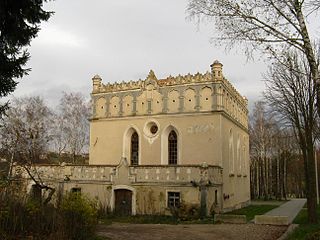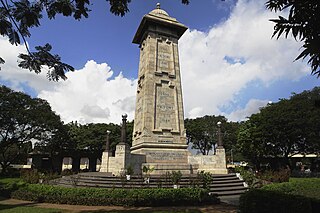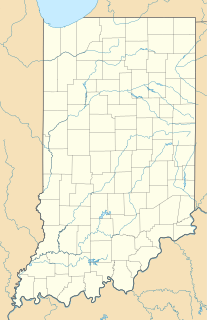This article needs additional citations for verification .(October 2011) (Learn how and when to remove this template message) |
Fort Dubois is a military construction from the 19th century, [1] located in the town of Hirson in the Aisne department in Picardy in northern France. This fort was built between 1877 and 1880. It is the work of the French general and military engineer Raymond Adolphe Sere de Rivieres. It was intended to prevent the supply rail from potential invaders. In 1912, the fort was decommissioned. The fort was partially destroyed. It consisted of barracks, a bakery, powder magazines, a turret Mougin, single and double caponiers. Despite a clearance operation carried out in May 2006, many weapons remain on site and make it very dangerous. The access is logically prohibited.

Hirson is a commune in the Aisne department in Hauts-de-France in northern France.

Aisne is a French department in the Hauts-de-France region of northern France. It is named after the river Aisne.
In the administrative divisions of France, the department is one of the three levels of government below the national level, between the administrative regions and the commune. Ninety-six departments are in metropolitan France, and five are overseas departments, which are also classified as regions. Departments are further subdivided into 334 arrondissements, themselves divided into cantons; the last two have no autonomy, and are used for the organisation of police, fire departments, and sometimes, elections.
Coordinates: 49°54′52″N4°04′24″E / 49.91444°N 4.07333°E

A geographic coordinate system is a coordinate system that enables every location on Earth to be specified by a set of numbers, letters or symbols. The coordinates are often chosen such that one of the numbers represents a vertical position and two or three of the numbers represent a horizontal position; alternatively, a geographic position may be expressed in a combined three-dimensional Cartesian vector. A common choice of coordinates is latitude, longitude and elevation. To specify a location on a plane requires a map projection.











